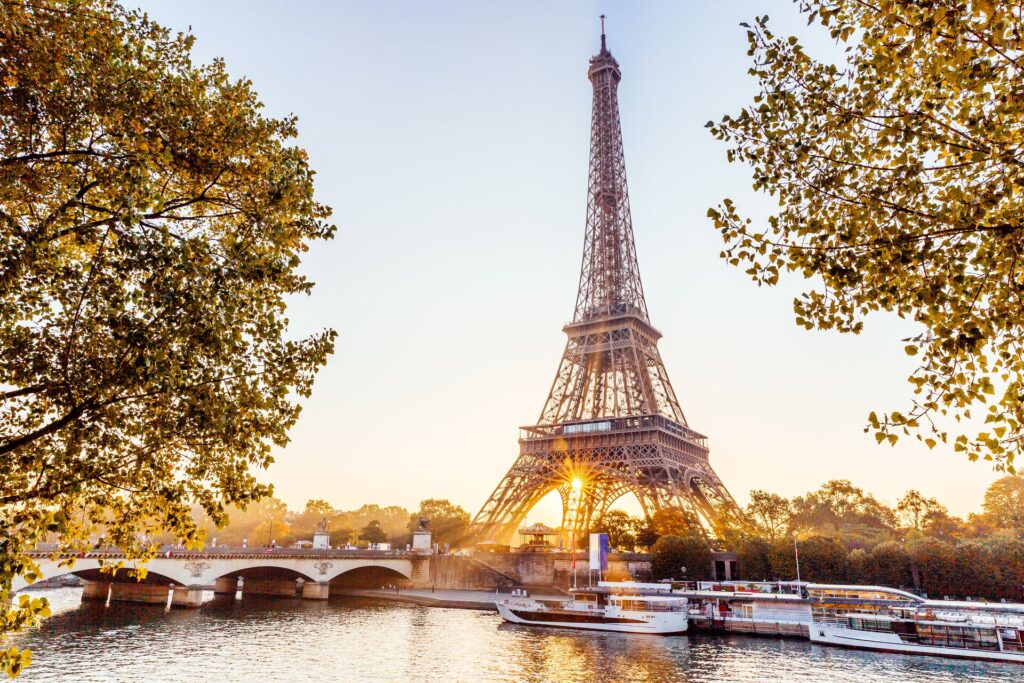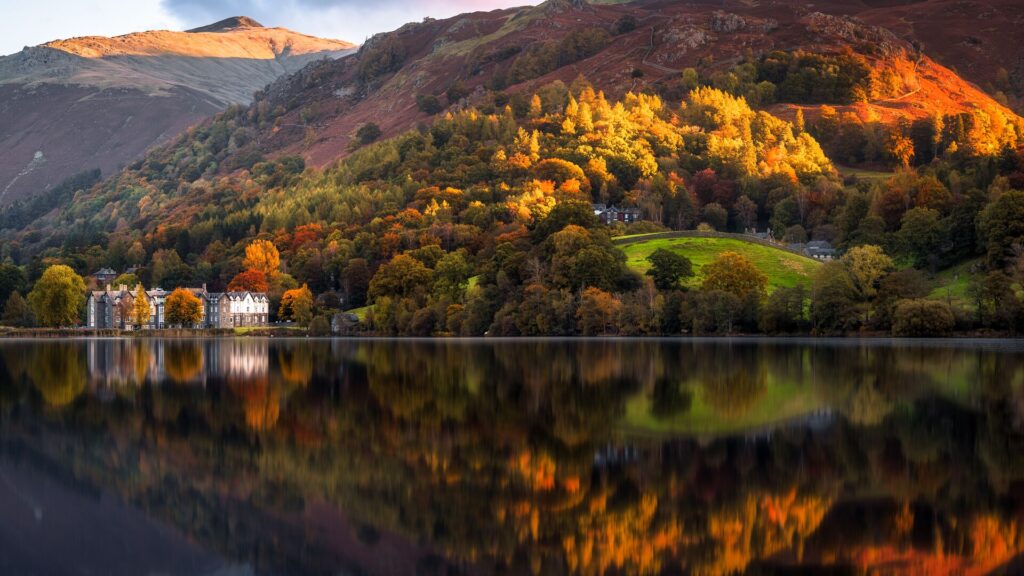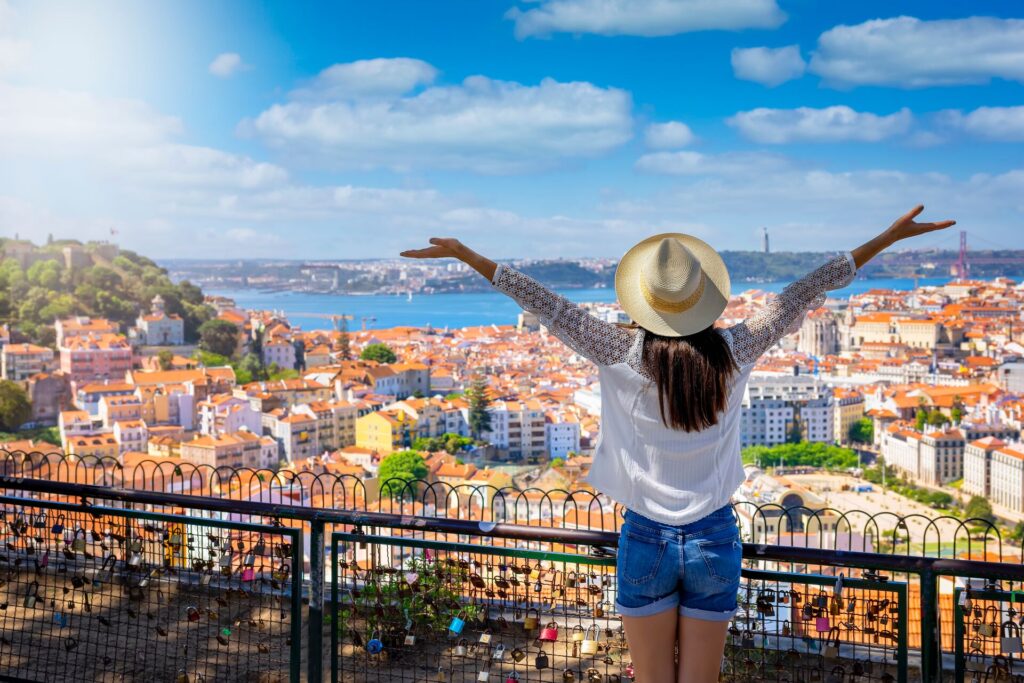To tempt you even further, we’ve selected some unmissable architectural masterpieces that Morocco has to offer. All of which you can experience on Best of Morocco, a 10-day tour packed with mosques, markets, magnificent hotels and delicious cuisine.
For travel inspiration: Morocco destination guide
Hassan II Mosque
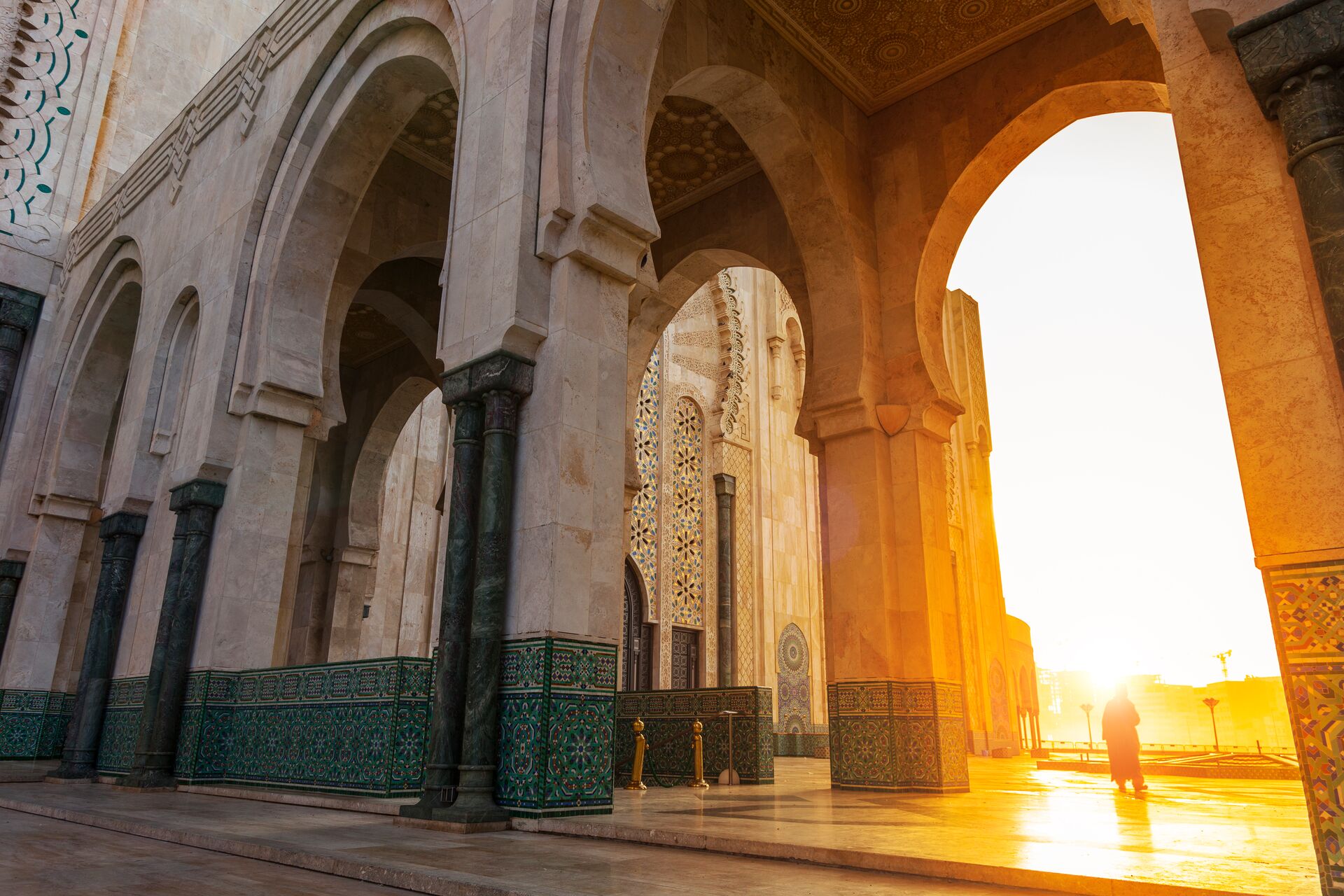
Perched on the edge of the Atlantic Ocean, the Hassan II Mosque’s minaret soars to impressive heights, reaching 210 meters, making it one of the tallest in the world. In fact, it’s the largest mosque in Morocco and the third largest in the world.
The mosque’s design marries traditional Moroccan architecture elements such as intricate zellige tilework with contemporary innovation. The expansive prayer hall can accommodate up to 25,000 worshippers, while the glass floor reveals the ocean below, symbolizing the transcendence of faith. Perhaps the most iconic feature is the laser-lit minaret, which casts its beam toward Mecca, serving as a spiritual beacon visible from miles away.
Discover this on: Best of Morocco
Ait Ben Haddou Kasbah
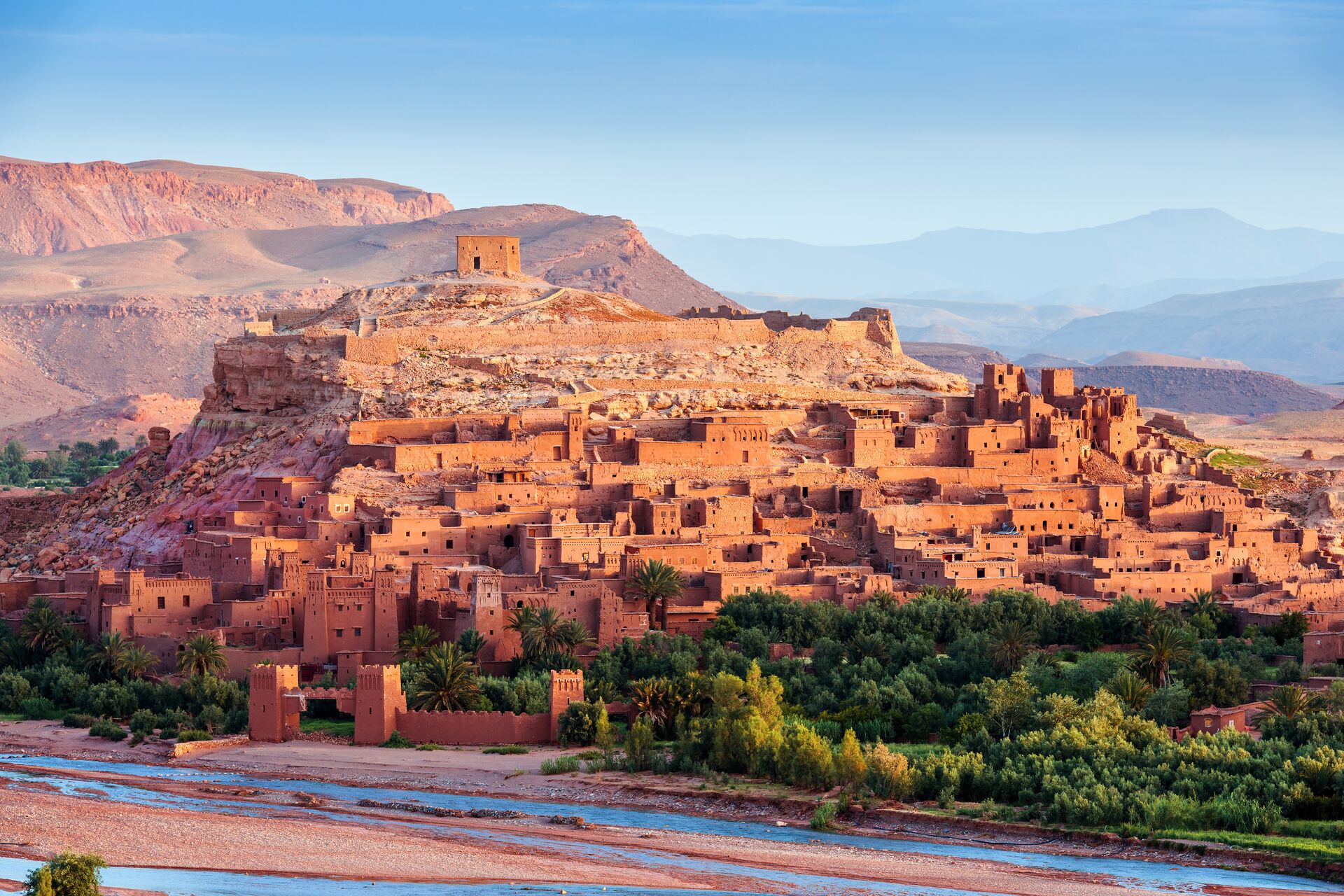
The Ksar of Aït Benhaddou, a UNESCO World Heritage Site situated in the Ouarzazate province of Morocco, boasts one of Morocco’s finest kasbahs. Dating back to the 17th century, this fortified village was a crucial stop on the trans-Saharan trade route, serving as a hub for trade between Marrakech and the Saharan regions.
Exploring Aït Benhaddou is like stepping into a living piece of history. The Ksar is characterized by its striking earthen buildings. It’s compact, maze-like layout designed to maximize protection against the harsh desert environment and potential invaders.
Towers, ramparts, and narrow winding streets define the unique appearance of the Ksar, giving it an almost otherworldly ambiance. Its well-preserved structures and intricate details, including geometric motifs and decorative carvings, offer insight into the skilled craftsmanship of its builders.
You may enjoy reading: From Islamic to Art Deco: a rich history of Moroccan architecture
Bahia Palace
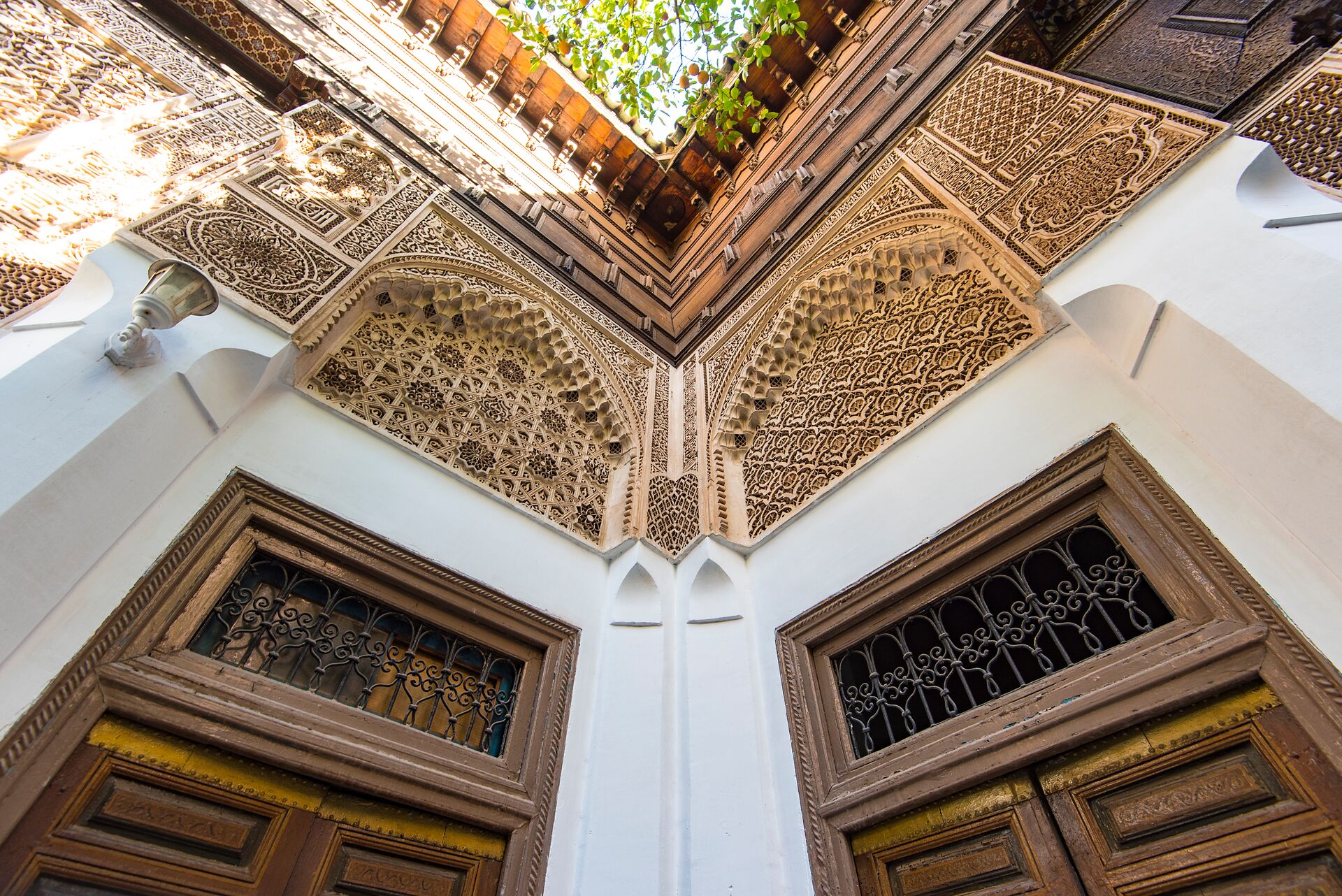
The name ‘Bahia’ translates to ‘brilliance,’ reflecting beautifully throughout the palace through a fusion of Islamic and Moroccan styles, showcasing intricate stucco work and colorful tiles. Some 150 lavishly decorated rooms showcase delicate geometric patterns, carved cedarwood ceilings and ornate zellige tilework. One of the most remarkable features is the Court of Honour, a large marble courtyard where grand receptions were held.
Royal Palace of Rabat
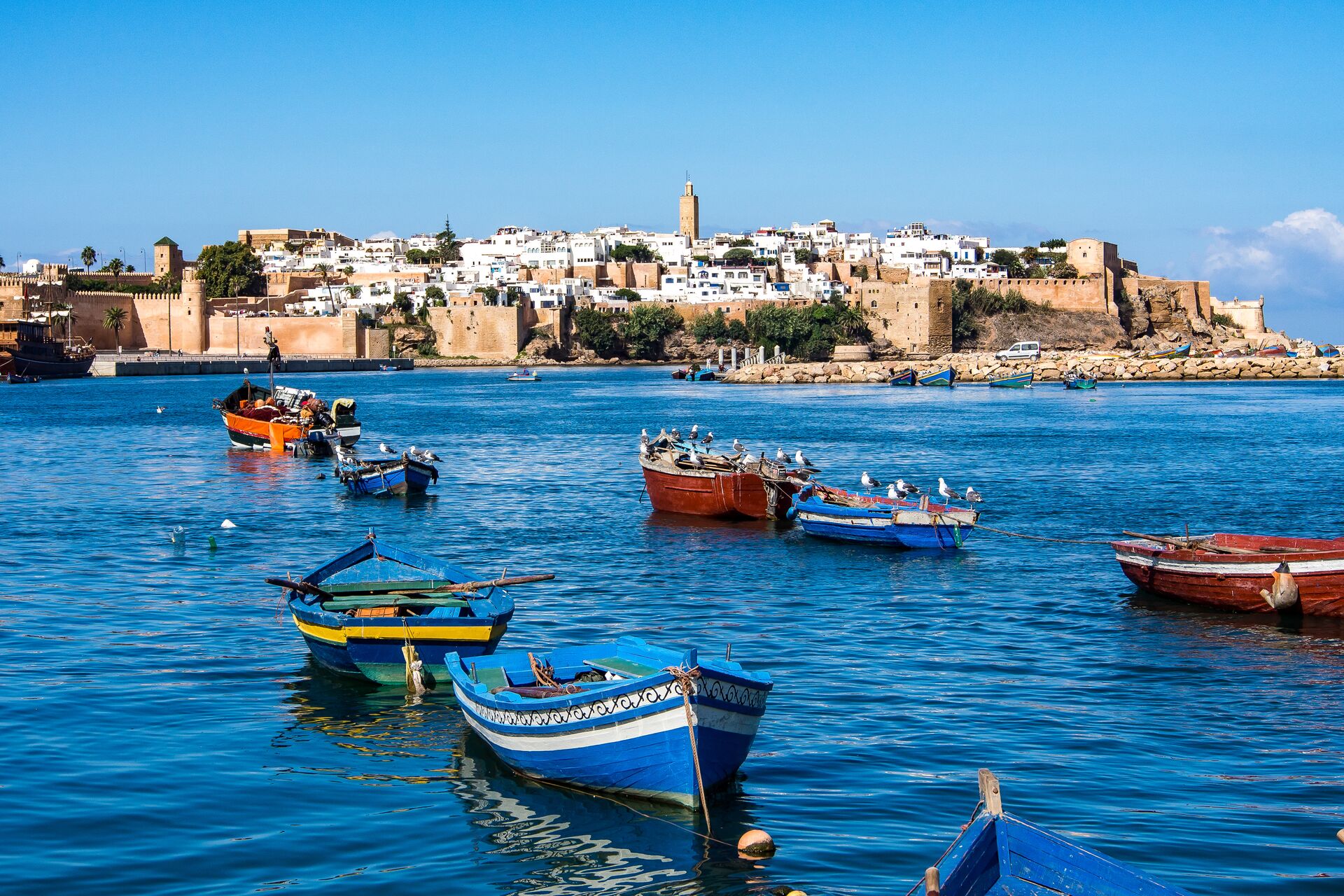
One of Morocco’s most exquisite architectural masterpieces, the palace was built in the mid-18th century during the reign of King Mohammed IV. Decorative tiles, ornate archways, and grand courtyards reflect the nation’s exquisite craftsmanship and artistic prowess. While the palace itself is not open to the public, its exterior is a must-see for visitors exploring Rabat.
You may also enjoy reading: Six Spectacular Egyptian Temples
Mausoleum of King Mohammad V
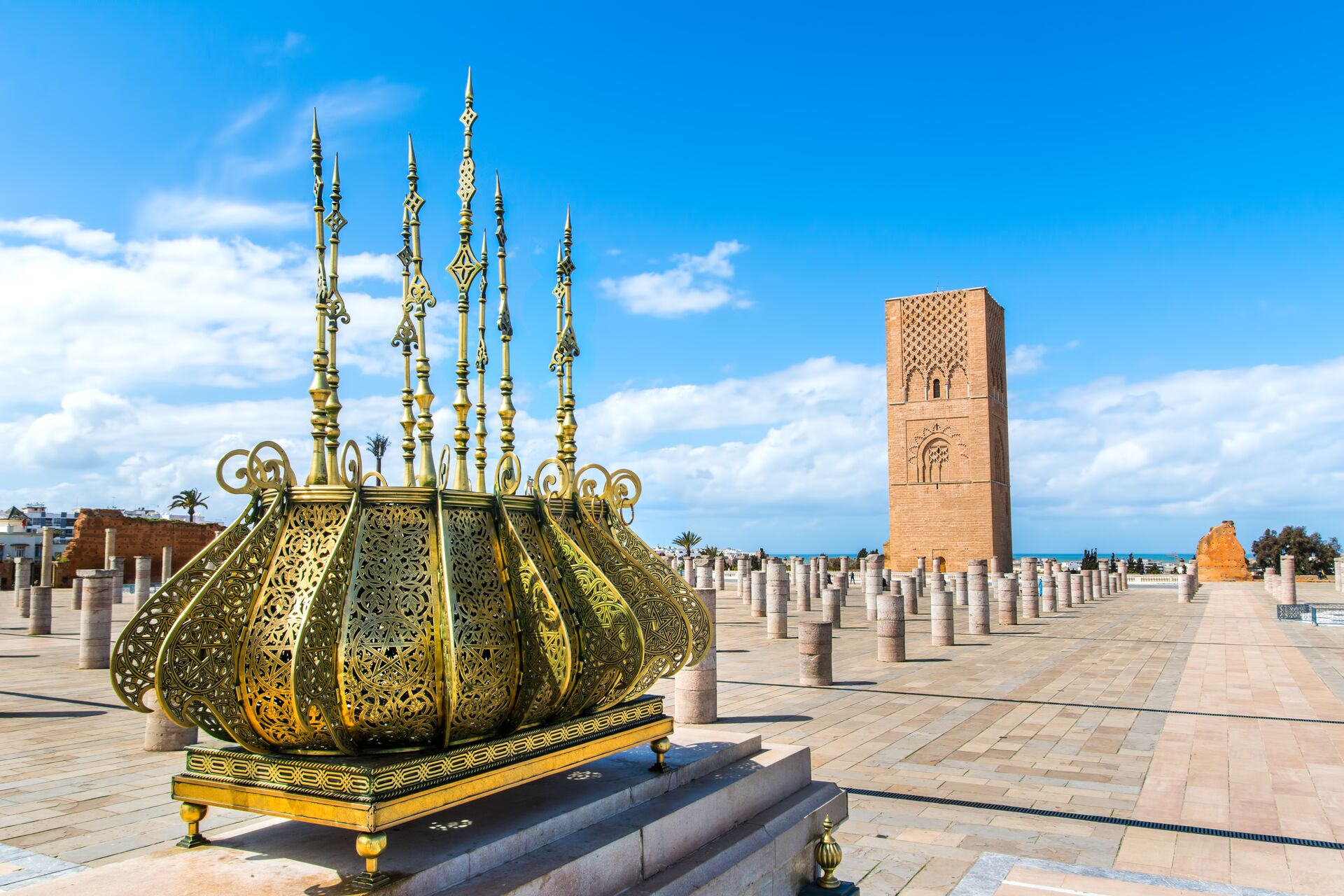
The grandeur of the mausoleum is matched by the honor of the Royal Guards. They proudly stand watch over the tomb, adorned in their traditional uniforms. Inside, the prayer hall is adorned with an impressive dome intricately carved with Islamic calligraphy.
Medina of Fes
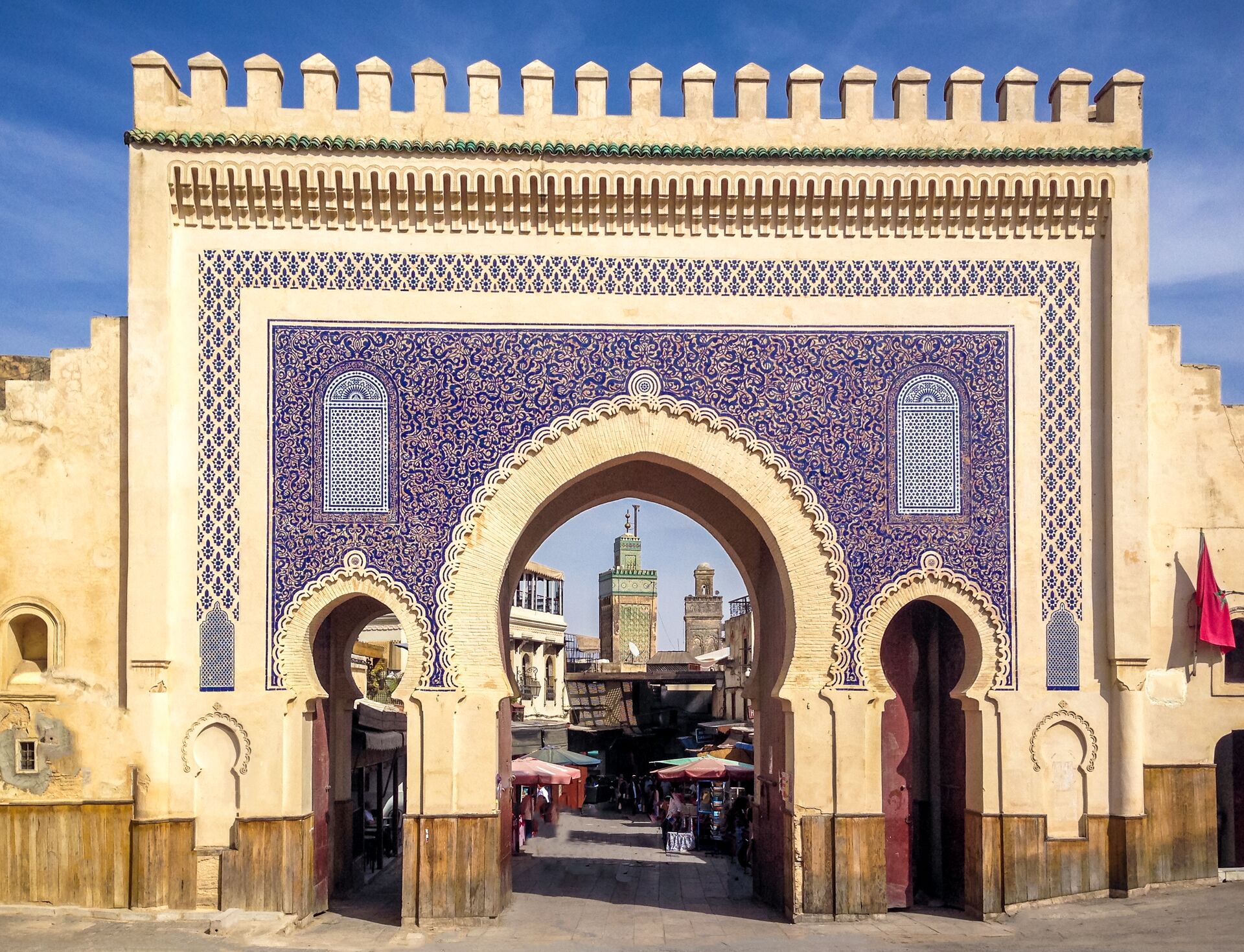
A labyrinth of palaces, mosques, madrasas (educational institutions) and private homes includes the Al Quaraouiyine University. Founded in 859 CE, is believed to be the oldest continuously operating educational institution globally.
Navigating the medina’s winding alleys of one of Morocco’s most famous architectural masterpieces can be a maze-like adventure. But it’s well worth the effort to uncover hidden gems like the Bou Inania Madrasa and the Dar Batha Museum. The Fes Medina also offers an impressive artisan culture. Here skilled craftsmen create pottery, leather goods, textiles and metalwork, preserving traditional techniques passed down through generations.
You may also be interested to read: Secrets in the sand: the thrill of uncovering Egyptian artifacts
The nomad houses of Dades Valley
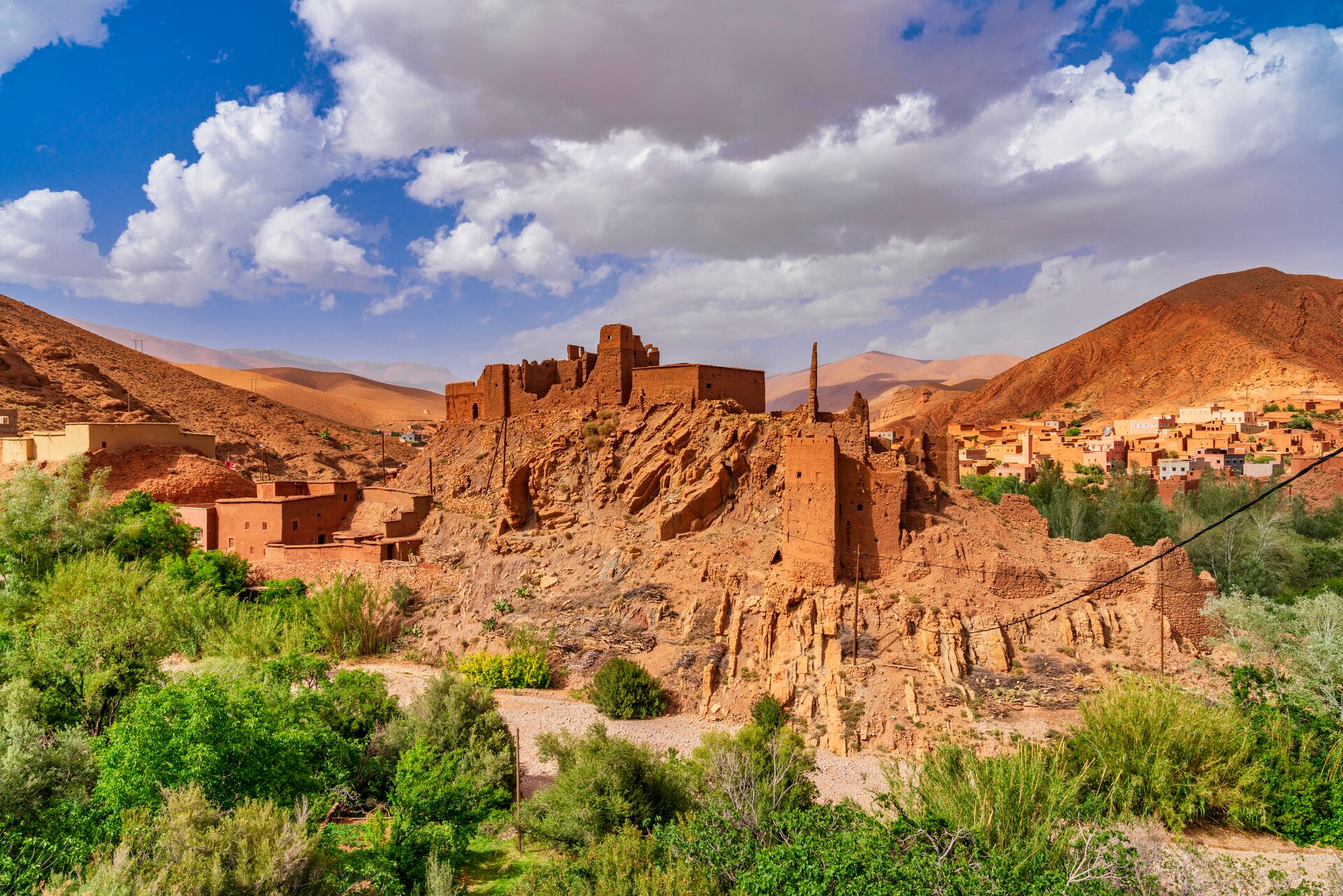
Architectural masterpieces of a more natural kind, these houses are designed to combat the harsh desert environment. The use of mud and straw as building materials provides natural insulation. This keeps the interiors cooler during scorching days and warmer during cold nights. Palm fronds are used for roofs, providing shade and protection from the sun.
The layout often revolves around the concept of a central courtyard, where daily activities take place. This open-air space allows for air circulation and serves as a hub for social interactions, gatherings, and even livestock.
Built using techniques passed down through generations, the houses reflect a deep understanding of the desert’s challenges and resources. Despite the modernization of many areas, nomadic communities still embrace these traditional building methods as a way of preserving their cultural heritage and sustainable way of life.
You may also enjoy reading: Guardians of the past: meet Morocco’s Berbers
Rick’s Café, Casablanca
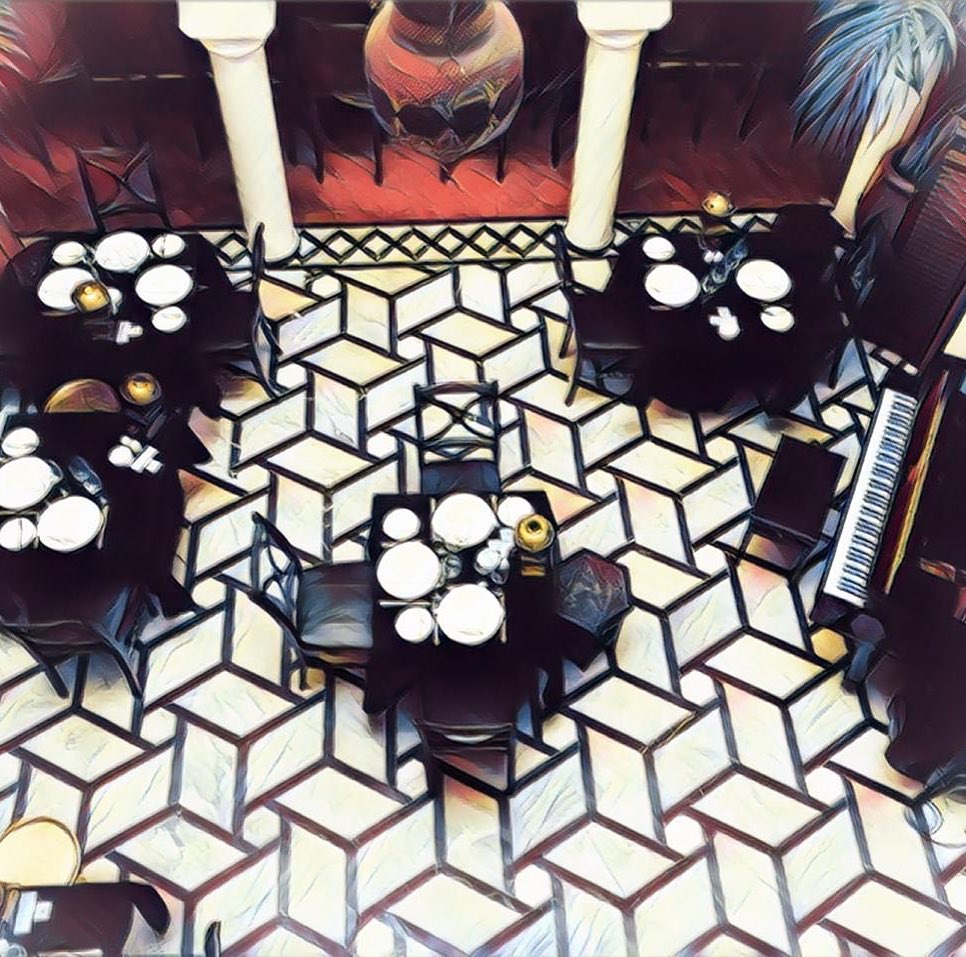
Opened in 2004, revel in the finest cinematic nostalgia and Moroccan hospitality. Take a seat surrounded by old world charm, complete with vintage décor, softly lit lanterns and classic piano melodies. Savor cocktails and channel your inner Humphrey Bogart and Ingrid Bergman.
Beyond its cinematic allure, Rick’s Café treats visitors to an exquisite culinary journey. The menu boasts a fusion of Moroccan and Mediterranean flavors, featuring fresh seafood, traditional tagines and delectable desserts.
Read all about Rick’s Café: Of all the gin joints: the fascinating tale behind Rick’s cafe in Casablanca
